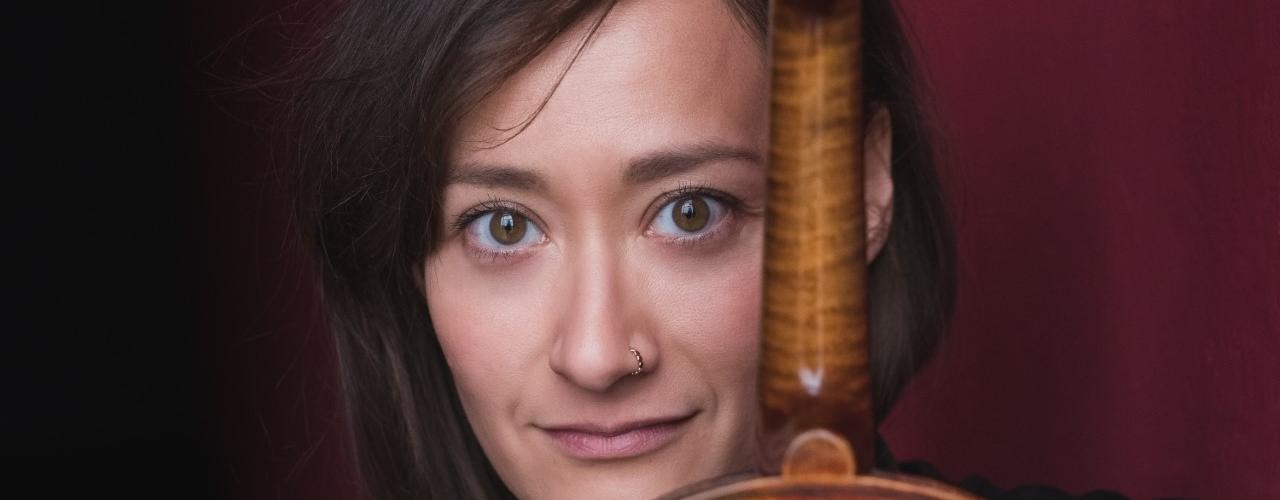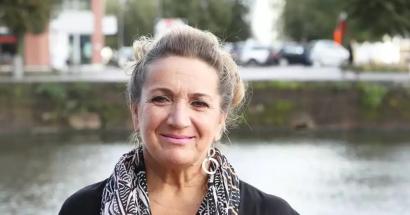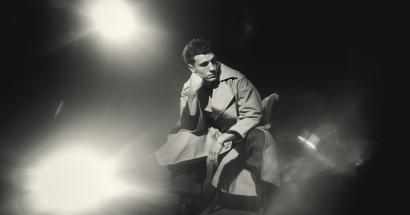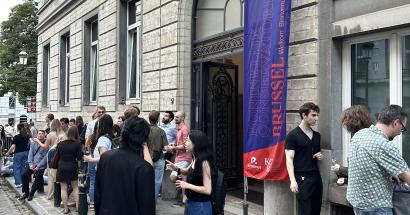
"Music has to breathe": a conversation with Joanna Huszcza
Baroque violinist Joanna Huszcza is one of those musicians who effortlessly bridges multiple musical worlds. A passionate chamber musician, concertmaster, and soloist, she performs on stages and at festivals around the globe. Yet for her, it’s the daily practice of making, and sharing, music that lies at the heart of it all. Since 2015, she has been part of the Early Music department at the Koninklijk Conservatorium Brussel, where she guides young musicians in their search for an individual artistic voice within historical performance practice.
From Warsaw to Brussels

Joanna Huszcza grew up in Warsaw and started out as a classical violinist. “As a child, music was just something natural,” she says. But despite her talent, her path was not without doubts. “At a certain point, I began to question whether it was really my own choice. I even considered giving up the violin. I just wanted to play records,” she laughs. That musical uncertainty turned out to be fruitful: “I started exploring different styles, like discovering new cuisines when you travel to another country.” Her love for early music developed organically and led her to The Hague, where she pursued a master’s degree with Enrico Gatti. She went on to perform with ensembles such as Collegium Vocale Gent, Ricercar Consort, De Nederlandse Bachvereniging, and Ensemble Aurora. She collaborated with major figures like Philippe Herreweghe, Ton Koopman, and Philippe Pierlot, and led ensembles as concertmaster including Il Gardellino, Les Muffatti, and Geneva Camerata.
Not archaeology, but communication
What is it that draws her so strongly to early music? “We’re not archaeologists. We’re not trying to reconstruct exactly how it once sounded,” Joanna says firmly. “We want to speak in a language we’ve learned to understand, and say something personal through that language. That means freedom, but also responsibility: you have to know your sources, understand the instruments, grasp the style.” This search for an authentic sound isn’t an end in itself, but a means of creating something alive. “Music has to breathe. It has to be real, flesh and blood.”
Learning to speak through an instrument
In her teaching at the KCB, one question stands central: how can students truly communicate through their playing? “I don’t want to produce copies of myself or of some so-called ideal baroque violinist. What I hope for is that students feel free to shape their own ideas and express them using the right musical tools.” Quality remains key: “Freedom is no excuse for sloppiness. A beautiful tone, care for articulation, refinement. That remains essential.”
Her students come from varied backgrounds. Some have a modern violin training, others are already familiar with historical performance. “It’s like languages. For one person, it’s like travelling to a neighbouring country and immediately being understood. For another, it feels like entering a completely new world.” That variety makes teaching fascinating and always different. “I learn a lot myself, from their questions and perspectives.”
A shared fascination
One anecdote illustrates her early passion for early music: “As a teenager, I had a CD of French baroque music. In Poland at the time, you could hardly find that kind of repertoire, so I wrote out the piece by hand and tried to play it on the recorder. But everything sounded wrong. I didn’t understand why it all sounded so strange. Later I discovered the recording was in a lower pitch, at 415 Hz instead of 440. But I just kept playing, undeterred, not knowing why it didn’t match,” she says, laughing.
That sense of wonder still remains today, even if the context has changed. “I think the world of early music has evolved from a kind of niche into something truly alive. The boundary between classical and historical performance is becoming more fluid, and that’s a good thing: it allows for more exchange, nuance, and imagination.”
Studying at the KCB
Joanna’s commitment goes beyond the classroom. She regularly teaches masterclasses in Europe, Asia, and South America, and remains active as a performer on violin, viola, violino piccolo, and viola d’amore. Her instrument, a Hendrick Jacobs from 1689, was lovingly restored to its original playing condition.
For those considering studying with her at the KCB, she has a simple message: “Feel free to get in touch. We’ll look together at what’s possible. Even if you’re still unsure or on a different path. A trial lesson is always an option.” What matters most to her is that students feel welcome. “There is no fixed route into early music. What counts is curiosity, openness, and the willingness to really listen.”
We're sorry, this content is unavailable.
To improve your experience, make sure Targeting cookies are enabled.


